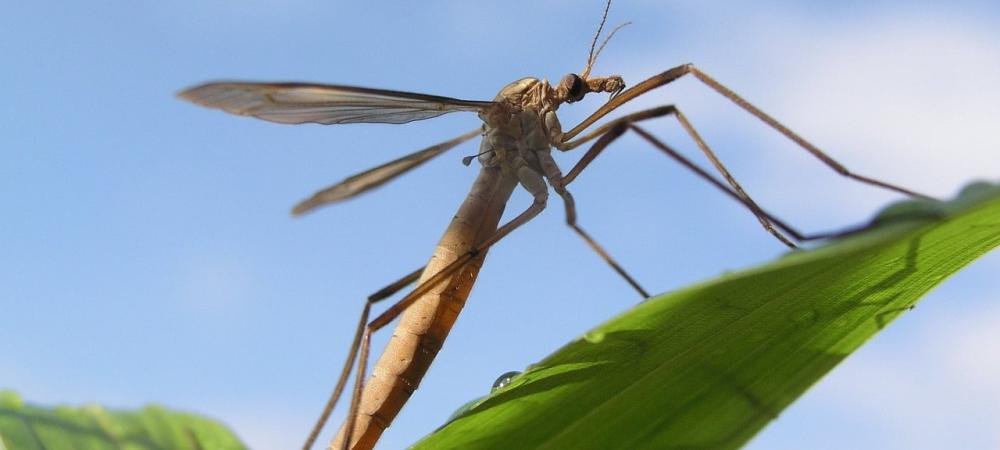How to Get Rid of Crane Flies

Crane flies, also know as mosquito hawks, are a common sight in late summer and fall, emerging from the soil beneath grassy areas. With their long legs and mosquito-like appearance, they can be quite the nuisance. We have compiled a comprehensive guide on how to remove these creatures, other common names they have, and how to maintain a healthy lawn to keep them at bay.
Crane Flies vs. Mosquito Hawks - What's The Difference?
Crane flies and mosquito hawks, two names for the same insect, share an uncanny ability to wreak havoc on your carefully manicured lawn or backyard. With their slender bodies and long, delicate legs, these insects may seem innocuous at first glance, but don't be deceived by their fragile appearance. These pests can swiftly multiply and infest your outdoor space, leaving behind a trail of destruction in their wake.
When Are Crane Flies Most Active?
In North Carolina, crane flies are particularly active in the fall season. As the weather cools, crane flies emerge from their hiding places, ready to fulfill their purpose in the grand cycle of life. However, as they search for mates and lay their eggs, they become increasingly attracted to the lush greenery of your yard. Their larvae, known as leatherjackets, are voracious feeders, leaving behind unsightly patches of dead grass as they devour the roots. The damage can be extensive, turning your once vibrant lawn into a barren wasteland.
How Do You Know If You Have Crane Flies?
First and foremost, it is crucial to identify the problem. Look out for patches of damaged grass in the fall and spring, which may grow together and spread. In heavily infested areas, you might even come across a brownish paste. Take a closer look by digging into the soil, where you'll find brownish-grey larvae about an inch long. If you count approximately 80 larvae per square foot, it's time to take action.
To eliminate crane flies and their larvae, you can apply insecticides specifically designed for lawns. Using a drop spreader or broadcast spreader, evenly distribute the insecticide when the larvae are most active for the best result.
How Do I Get Rid Of Crane Flies In My Lawn?
Crane flies are often seen as harmless, but when their larvae invade your garden or lawn, they can cause significant damage.
Introduce A Natural Predator of Crane Flies
Nature has provided us with a solution in the form of nematodes, also known as roundworms. These tiny creatures are natural predators that feed on crane fly larvae and grubs. You can find spray, mix, or ready-to-use nematodes at your local home supply store. Introduce them into your yard and let these beneficial nematodes support a healthy lawn.
Use Natural Pesticides to Get Rid of Crane Flies
Garlic, a natural insect repellent, can be surprisingly effective against crane fly larvae. You can either chop it up, mix it with water, and spray it on your lawn, or scatter crushed garlic across the infested areas. Spraying your lawn in the fall when the eggs start hatching is recommended.
Maintain a Healthy Lawn
Prevention is key when it comes to keeping crane flies at bay. A well-maintained lawn is less likely to attract these insects. Regularly mow, water, and fertilize your lawn to ensure it stays lush, green, and free of pests. This will help the grass recover from any feeding damage caused by crane fly larvae, even when populations are high. Keep a close eye on the turfgrass during the spring and monitor for any signs of poor growth.
Contact Professionals For Help
Crane flies may be a common occurrence, but they don't have to ruin your lawn. If you'd like help getting your lawn back in your control, call the experts! At Pest-X Exterminating, Inc, we have the knowledge and experience to help you deal with your crane fly problem. Call our team today at (336) 585-7050 to get started.
